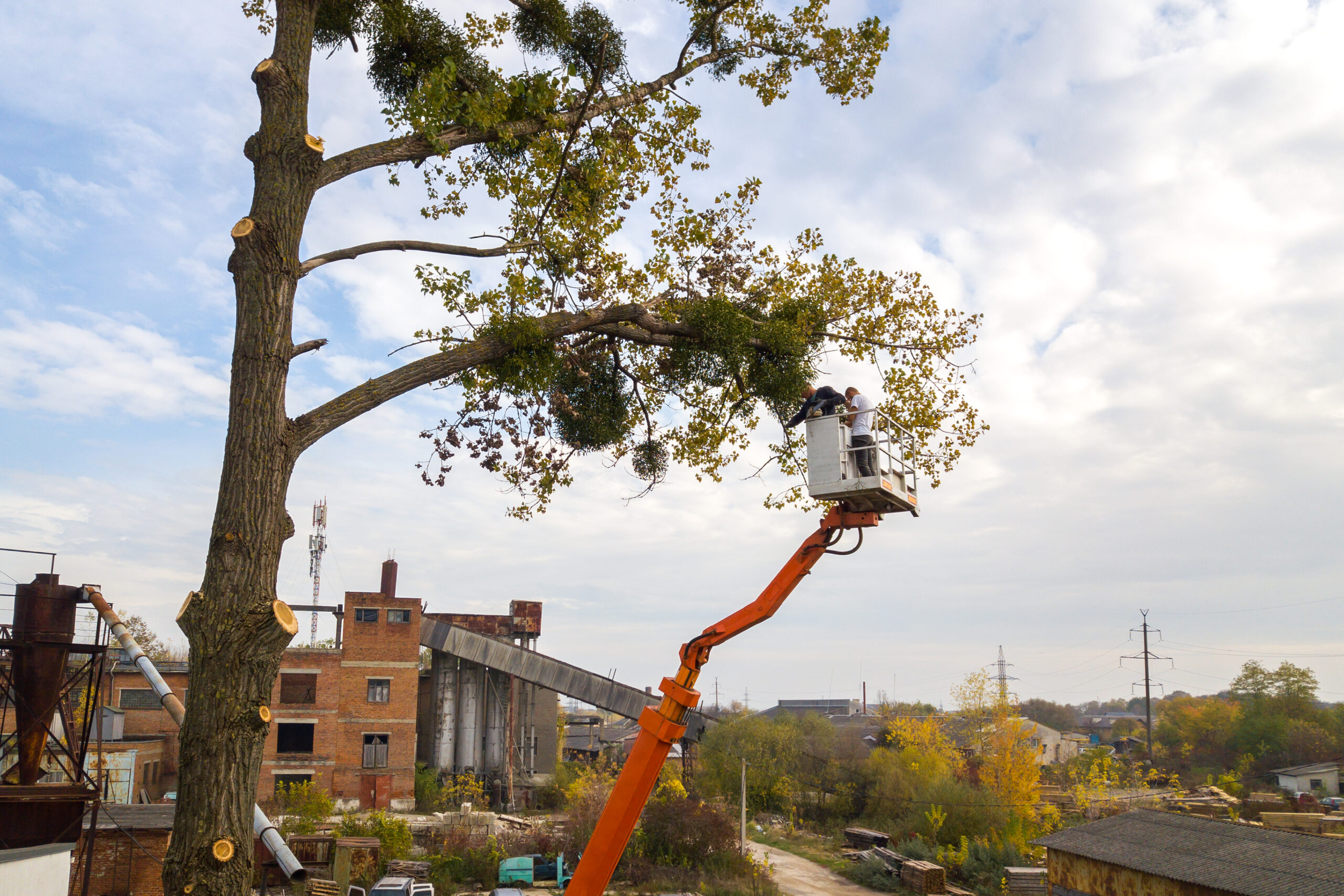Trees are not only beautiful and essential for our environment, but they also hold significant historical and cultural value. However, many trees face damage due to various factors such as storms, diseases, pests, and human activities. Crown restoration is a specialized practice that focuses on rejuvenating damaged trees, particularly their upper canopy or crown. This process involves careful assessment, pruning, and treatment to promote healthy growth and restore the tree’s natural beauty. In this blog post, we will delve into the art of crown restoration, exploring techniques, benefits, and considerations for reviving nature and preserving the legacy of our valuable trees.
Understanding crown restoration is crucial when it comes to reviving damaged trees and promoting their overall health. The crown of a tree refers to the branches and leaves at the top of the tree, which play a vital role in photosynthesis, nutrient absorption, and overall tree vigor. Crown restoration involves carefully pruning and shaping the tree’s canopy to remove damaged, dead, or diseased branches while promoting new growth and structural integrity. This process not only enhances the tree’s aesthetic appeal but also improves its health and longevity.
Crown restoration is essential for damaged trees as it helps to stimulate new growth, improve sunlight exposure to the inner canopy, and enhance air circulation, which can prevent the spread of diseases and pests. By addressing structural issues and promoting healthy growth patterns, crown restoration can significantly increase the tree’s resilience to environmental stressors and enhance its ability to withstand harsh weather conditions.
In essence, crown restoration is a vital practice in tree care that aims to rejuvenate damaged trees, promote their natural beauty, and ensure their continued growth and vitality. By understanding the significance of crown restoration and its benefits, tree owners can take proactive steps to revive damaged trees and contribute to the overall health and well-being of their local environment.
Assessing tree damage is a critical step in the process of crown restoration for damaged trees. By carefully identifying the issues affecting the tree and devising a restoration plan, arborists can effectively revive the tree’s health and beauty. Common signs of tree damage include broken or hanging branches, splits in the trunk, missing bark, and signs of disease or pest infestation. It is important to thoroughly inspect the tree from top to bottom, taking note of any visible damage or abnormalities. Once the extent of the damage is assessed, arborists can create a tailored restoration plan that may include pruning, bracing, fertilization, pest control, and overall health improvement strategies. Proper assessment and planning are essential to ensure the successful restoration of damaged trees and to promote their long-term health and vitality.
Crown restoration is a vital process in tree care, especially for damaged trees that have suffered from storms, diseases, or improper pruning. By implementing proper crown restoration techniques, you can help the tree recover and thrive. One of the key techniques used in crown restoration is pruning. Pruning involves selectively removing dead, damaged, or diseased branches to improve the overall health and structure of the tree. This allows for better air circulation and sunlight penetration, promoting healthy growth. Shaping is another important aspect of crown restoration, which involves selectively shaping the tree’s crown to improve its aesthetics and structural integrity. By removing excess branches and promoting a balanced canopy, you can help the tree regain its natural beauty and strength. Additionally, promoting healthy growth through proper watering, fertilization, and mulching practices is crucial for the long-term success of crown restoration efforts. By combining these techniques, you can effectively revive damaged trees and contribute to the restoration of nature’s beauty.
Crown restoration is a crucial technique in tree care that offers a multitude of benefits for both the environment and the health of trees. By reviving damaged tree crowns, we can contribute significantly to the environmental impact of our surroundings. Healthy trees play a crucial role in purifying the air, providing shade, and supporting biodiversity. Restoring damaged crowns helps trees thrive and continue to fulfill their vital ecological functions.
Moreover, crown restoration positively impacts the health of trees by promoting growth and structural stability. By addressing issues such as broken limbs, disease, or insect infestations, we can enhance the overall well-being of trees and extend their lifespan. Healthy trees are more resilient to environmental stressors and can better withstand harsh weather conditions and other challenges.
In addition to the environmental and health benefits, crown restoration also enhances the aesthetic value of trees and landscapes. A well-maintained tree with a balanced and healthy crown can greatly improve the overall appearance of an outdoor space, adding beauty and charm to the surroundings.
Overall, crown restoration is a valuable practice that not only benefits the environment and tree health but also enhances the visual appeal of our natural landscapes. By investing in the art of crown restoration, we can contribute to the revival of nature and create a more sustainable and beautiful world for generations to come.
12111qCrown restoration for damaged trees is a vital aspect of preserving the beauty and significance of our natural environment. By implementing proper techniques and care, we can revitalize trees that have suffered from various forms of damage, such as storm damage, disease, or improper pruning. Through crown restoration, we not only enhance the aesthetics of trees but also ensure their long-term health and sustainability. Trees play a crucial role in our ecosystem, providing us with clean air, shade, and a habitat for wildlife. By investing in crown restoration efforts, we contribute to the overall well-being of our environment and future generations. Let us continue to appreciate and care for our trees, recognizing their importance and striving to protect and revive them through crown restoration practices.

